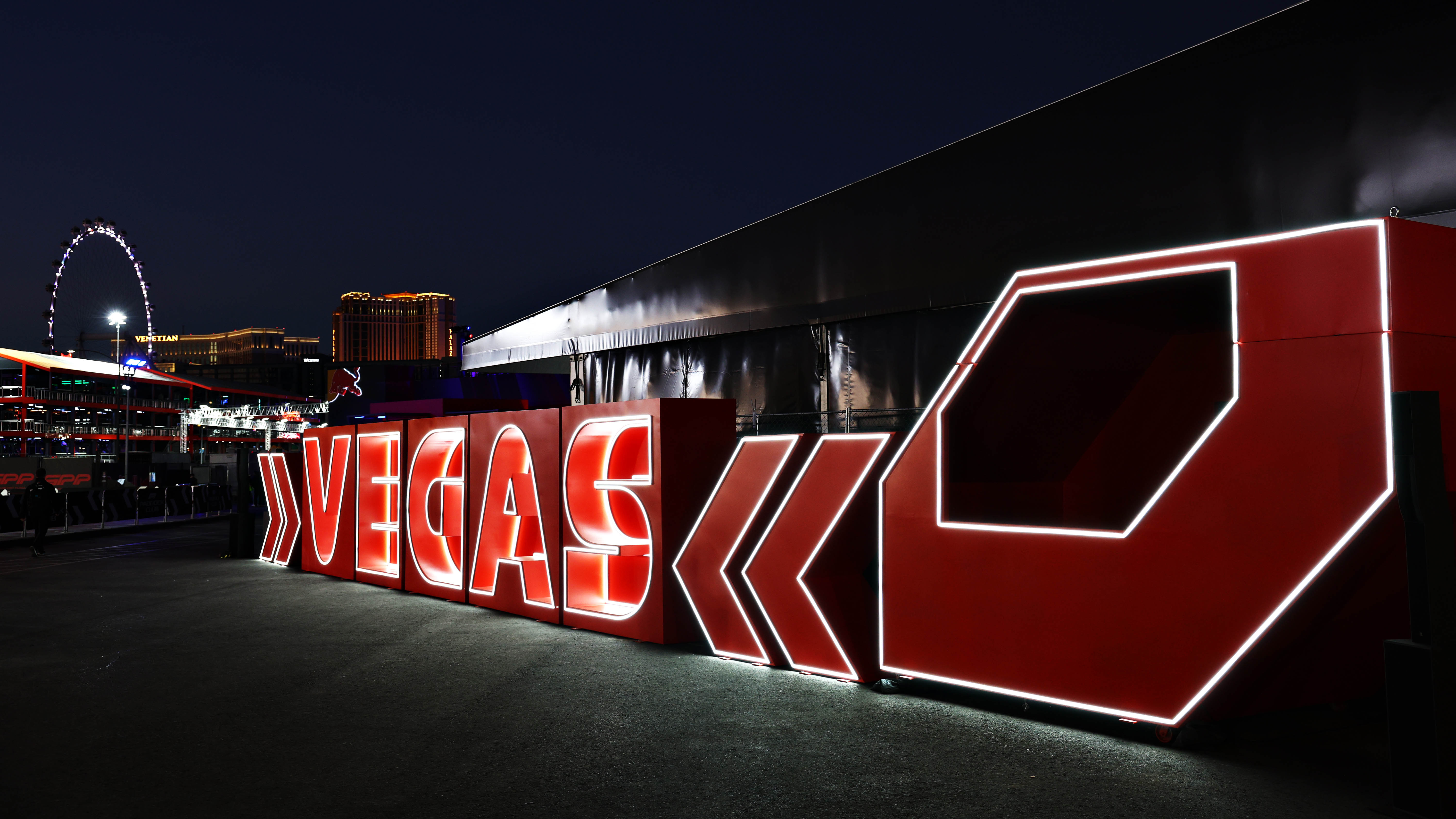After 15 years of wedded bliss (or as close as comic books get to it), are Superman and Lois Lane about to be single again?
DC Comics Co-Publisher Dan Didio hints to PopcornBiz that, on the heels of the recently announcement of a line-wide revamp that will involve both wholesale changes and subtle tweaks to its entire roster of characters, the long-standing marriage between the Man of Steel and Metropolis’ most intrepid reporter just might be wiped away in the new continuity.
“Let’s just say it's being reexamined,” says Didio, who oversees the 77-year-old comic book company, which relaunches all of its titles with 52 new #1 issues in September, “because it's something that I think is something that is so valuable to the character's story that you really want to explore all facets of it. Not just as it exists currently.”
The marriage of the leading couple of superhero-dom was initially launched as a tie-in to the planned TV nuptials of the characters in the ABC series “Lois & Clark: The New Adventures of Superman” in 1996 and proved popular with fans who found it fresh take on the age-old love triangle between Lois, Superman and his own alter ego, Clark Kent. But it may be time to redefine their romance once again.
“I think what you're going to see is a lot of big changes for Superman,” says Didio. The company has even re-set the clock on its longest-running title Action Comics, which debuted both Superman and Lois in its first issue in 1938: after over 900 issues, a new Action Comics #1 will bow in September, by acclaimed writer Grant Morrison (Batman, Animal Man, X-Men) and artist Rags Morales (Identity Crisis). (Morrison himself recently expressed his thoughts on DC's revolutionary plan)
“We really went back to the core of the character,” says Didio. “And more importantly, we got somebody in Grant Morrison, who's really taking the character and reinventing him so you feel a real contemporary tone, a really contemporary time, but still staying true to the core. I think it's so important for us to make sure Superman stays as relevant today as he did when he first was created back in the '30s.”
While the overall DC re-launch – and plans to release digital editions of its comics on the same day of the print issues – has been designed to provide a greater appeal to new readers at a time when DC-based films including “Green Lantern,” “The Dark Knight Rises” and “Superman: The Man of Steel” are poised to introduce the company’s characters to a new generation, Didio says the decision to alter decades of continuity, revamp some superheroes and bring others back to basics wasn’t specifically intended to better reflect the movie storylines.
U.S. & World
“We're developing this all ourselves right now, so that's the good part about it,” he says, though readers new and old can expect a decent amount of creative cross-pollination with concepts from Hollywood (DC Entertainment recently opened a Los Angeles office dedicated to overseeing its movie tie-in and digital publishing efforts in concert with parent company Warner Bros.). “We really keep the comics focused for themselves and where we're going with them, but the real thing is that with Geoff Johns in his position as Chief Creative Officer, he's our top writer, but also he's involved in the movies and books. And he really understands our characters at the core. And knows really what makes them work, not just as comic book characters, but really as multimedia characters.”
The company-wide changes will affect its other leading lights as well. “We've got a new look for Wonder Woman and there's some changes to the character, too, that will be revealed as we go ahead,” reveals Didio. “We really looked at all the core characters – Superman, Batman, Wonder Woman, Flash, Green Lantern – and we wanted to find a way to really build them up. What you really want to do is get up there and say, 'How do we make this a big event?' And 'How do we make our books as important as the world sees them today?'”
The company is expecting that the simultaneous digital releases will make it easier for curious mainstream audiences who discover the superheroes through film and television to explore their comic book adventures. In recent years, the once ubiquitous comics books have slowly vanished from the newsstands and convenience store spinner racks where young readers first discovered them in favor of specialty stores that have primarily drawn an older generation of longtime fans. Online distribution may revolutionize an industry that’s grown increasingly insular even as its characters have gotten more widespread exposure in other media.
“That's what we're hoping for,” says Didio. “When you see the fact that there's a really hungry audience that want to know more about the characters and do more with it but they're having a hard time finding the comics, well, what we're going to do is make them accessible to everybody so they can really enjoy the stories that we're telling and enjoy them in every facet.”



